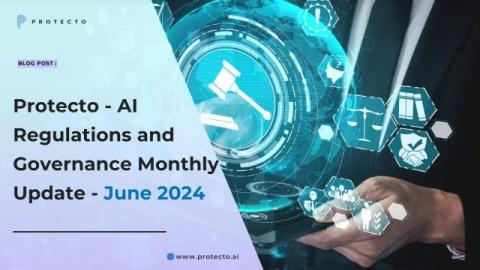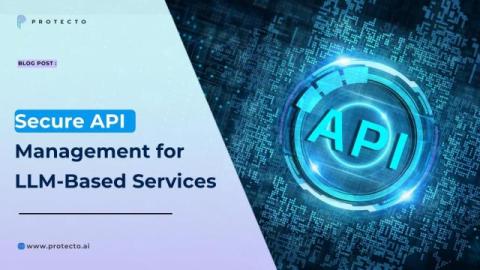Monitoring and Auditing LLM Interactions for Security Breaches
Monitoring and auditing are critical components of cybersecurity, designed to detect and prevent malicious activities. Monitoring involves real-time observation of system activities, while auditing entails a systematic review of logs and interactions. Large Language Models (LLMs), such as GPT-4, are increasingly integrated into various applications, making them attractive targets for cyber threats.











